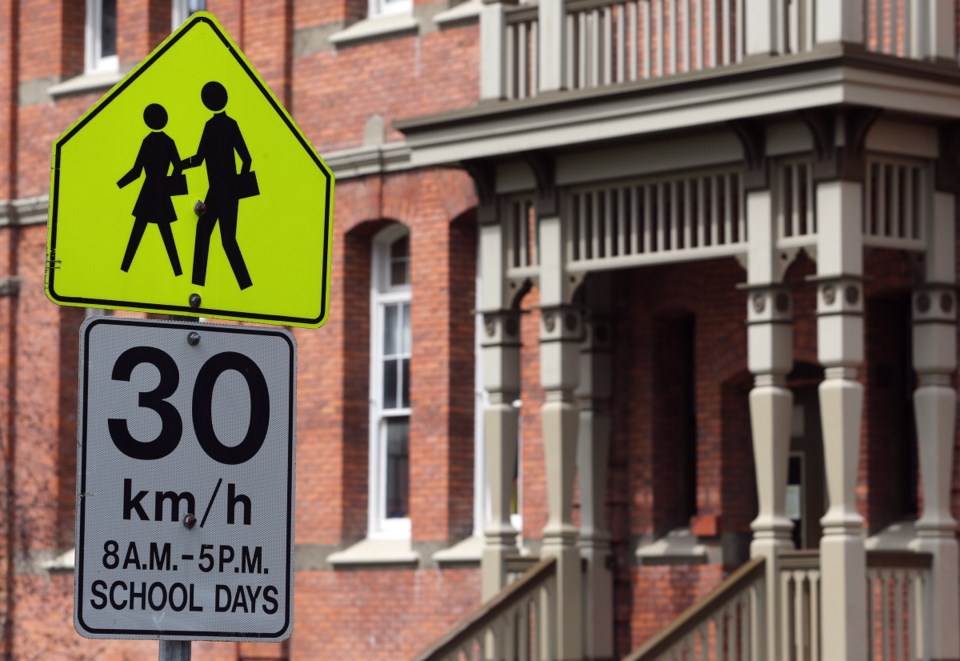Class composition, including the distribution of special-needs students, should not be part of bargaining between teachers and the province. That’s the stand being taken by the Victoria Confederation of Parent Advisory Councils, which represents parent groups throughout the Greater Victoria school district.
The B.C. Teachers’ Federation and the government bargaining team from the B.C. Public School Employers’ Association negotiated Tuesday afternoon and are scheduled to meet again today.
Due in part to spring break, bargaining is not likely to resume until April.
Class composition involves the mix of special-needs students and others with unique abilities in a classroom. VCPAC president John Bird said his group’s viewpoint on class composition took shape several years ago, with opposition to rules that capped the number of special-needs students per class at three.
The three-student limit for special-needs students was set aside in March 2012 as part of Bill 22. The Greater Victoria Teachers’ Association, a BCTF affiliate, criticized the move by saying that too many special-needs students in a class can have a negative effect on all students’ learning conditions.
Bird said that does not have to be the case.
“We’re just speaking up and saying, ‘Hang on guys, this isn’t the right thing to do. Find another way to do your negotiations. Don’t use class composition as a negotiating tool because it’s inherently discriminatory, and don’t use it to indirectly negotiate class size.’ ”
In a letter to BCTF president Jim Iker and Minister of Education Peter Fassbender, Bird said the best way to measure workload in a classroom is “aggregating the needs of all students.”
“When this total workload is more than one teacher can accommodate, the options might include adding personnel such as education assistants, supporting the teacher with additional resources or reducing class size.”
Peter Cameron, the province’s chief negotiator, said Tuesday he agrees with Bird’s point about possible discrimination should there be too much emphasis on strict numbers and formulas.
Iker said that he has spoken directly with Bird and both have the same view on a number of points, such as funding requirements for schools.
“There needs to be more funding put in the system, especially in terms of supporting students with special needs,” Iker said. “And when you have a number of students with special needs in a classroom, you should have smaller class sizes.”
He and Bird also agree that more specialist teachers are needed to work with all students.
But the BCTF maintains that class composition needs to be discussed at the bargaining table, Iker said.
“We think that composition is an important working condition, workload issue, because part of it for us is trying to ensure that students with special needs have the support they need so they get that one-on-one time.”
All students with designated special needs are in line to receive individual education plans, and during the current school year B.C. has 57,242 special-needs students who have been evaluated in that way — about 10 per cent of the overall total of 558,985 public-school students. Special-needs students can range from those with intellectual and physical disabilities to those who are gifted or have a health concern such as epilepsy.
Last week, BCTF members voted 89 per cent in favour of job action, although Iker said no job action was imminent. Teachers have been without a contract since last June.
Class size and composition were removed from teachers’ contract negotiations in 2002 by provincial legislation, but a B.C. Supreme Court ruling in January struck down that legislation. The government has filed an appeal.



